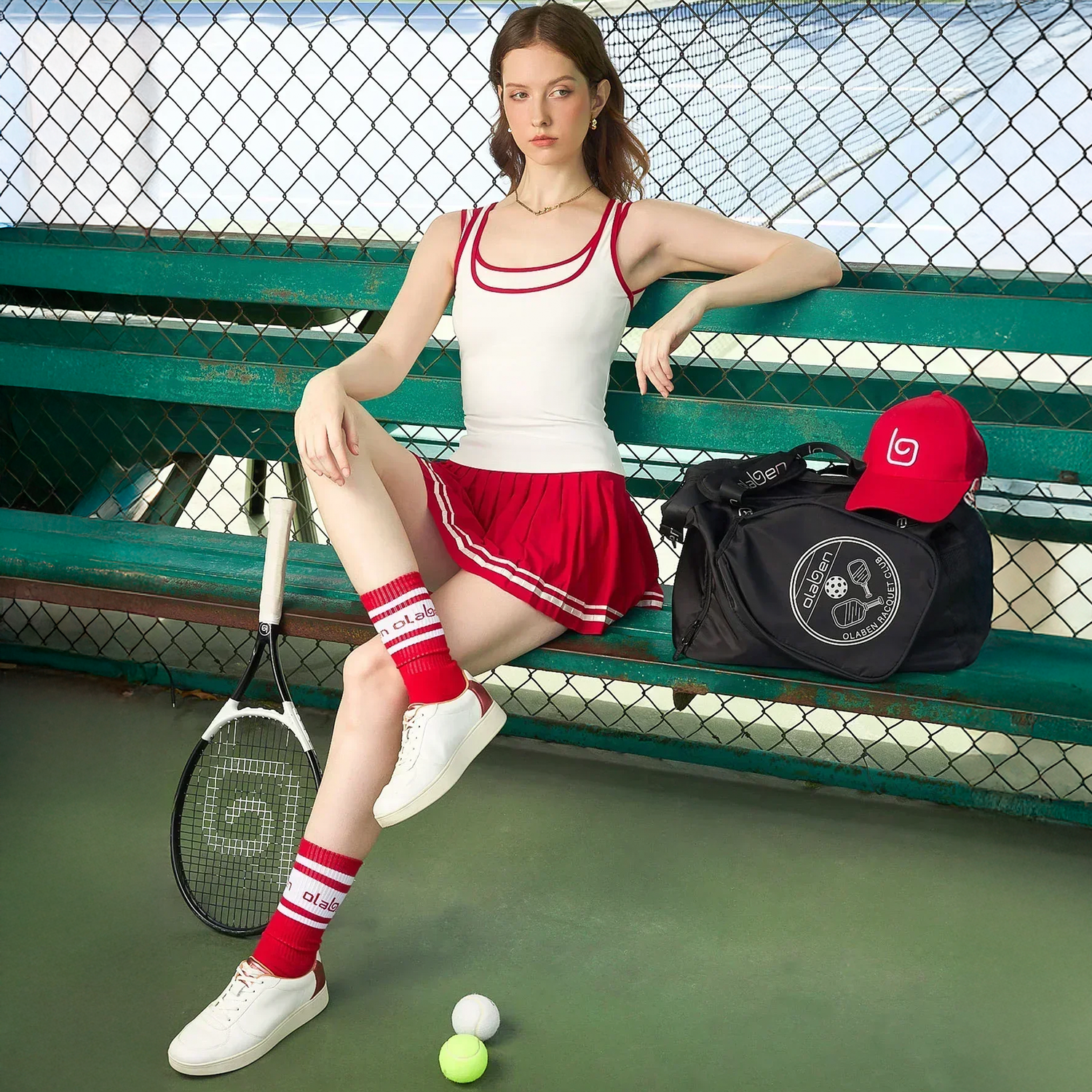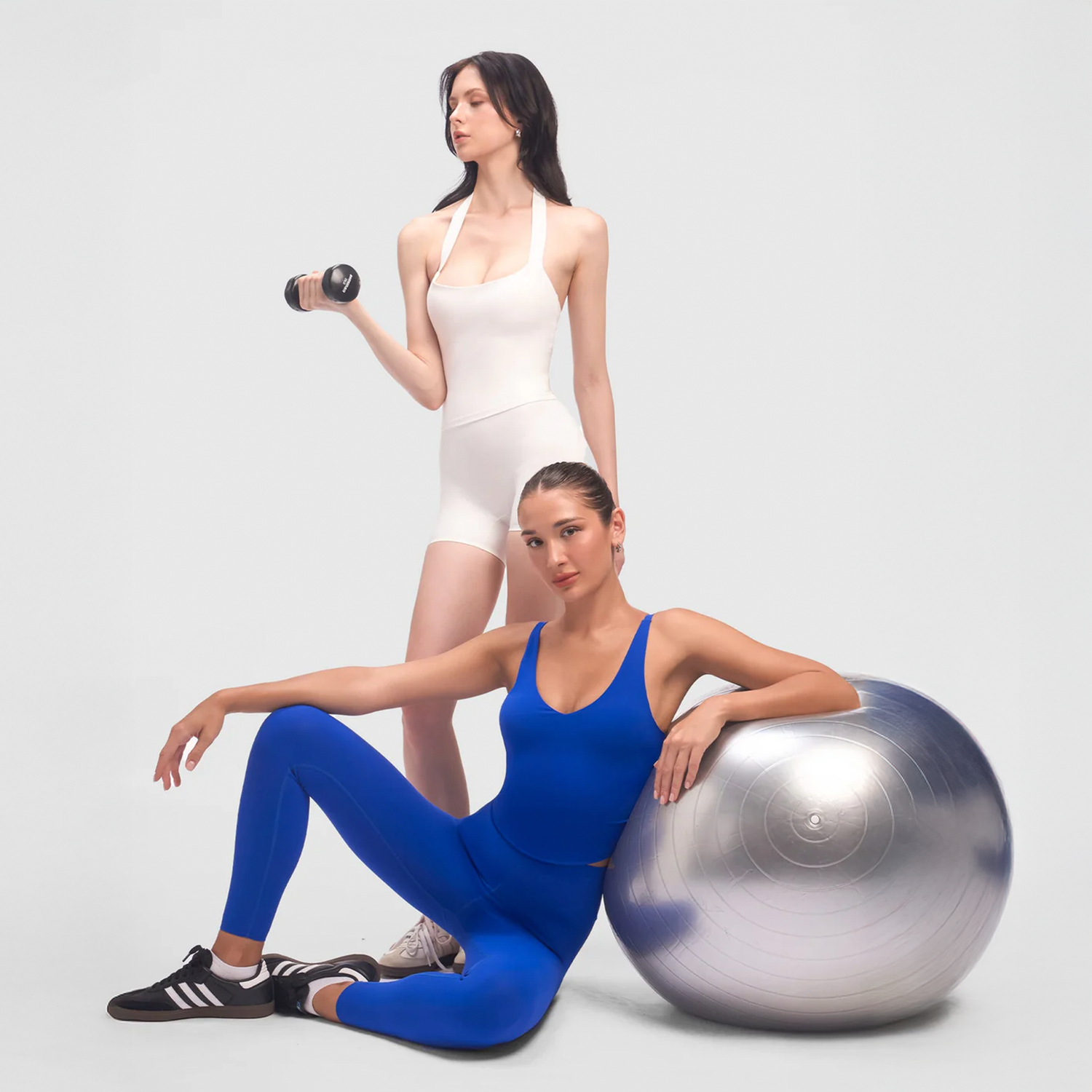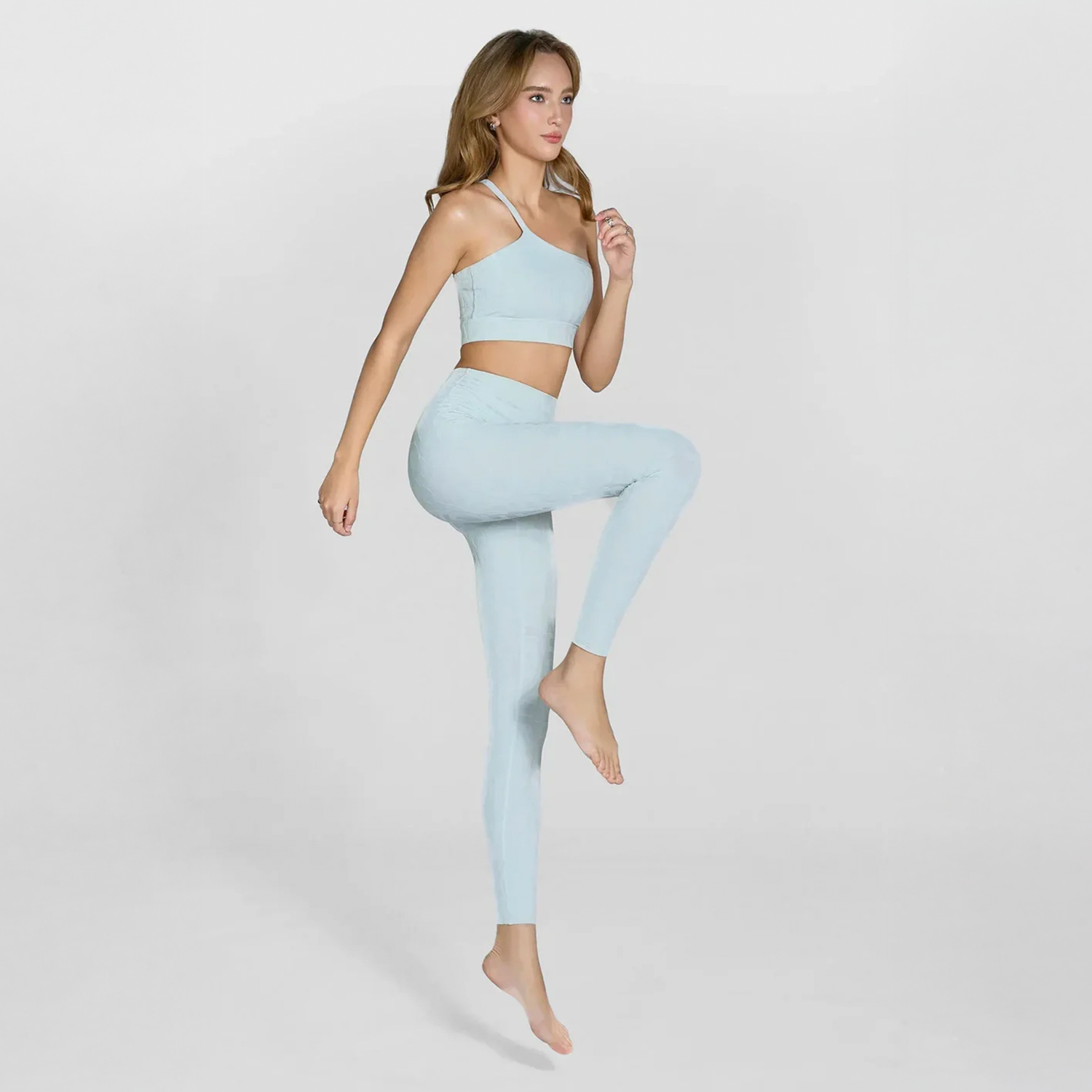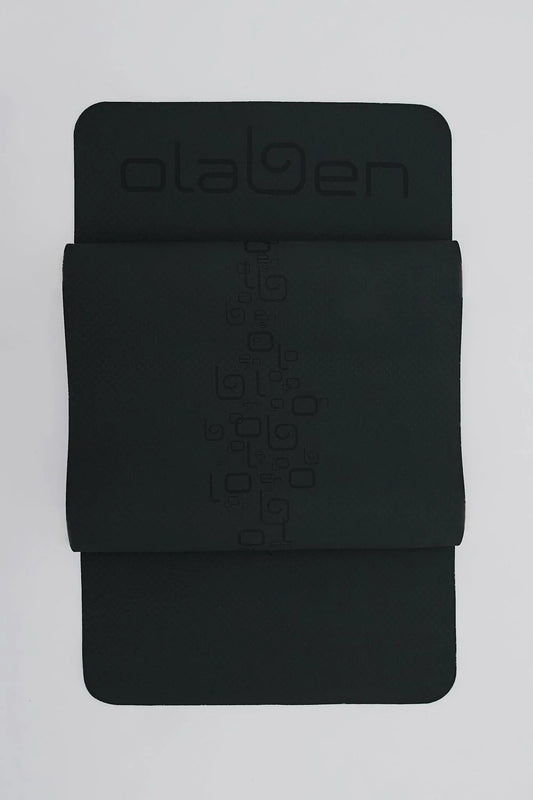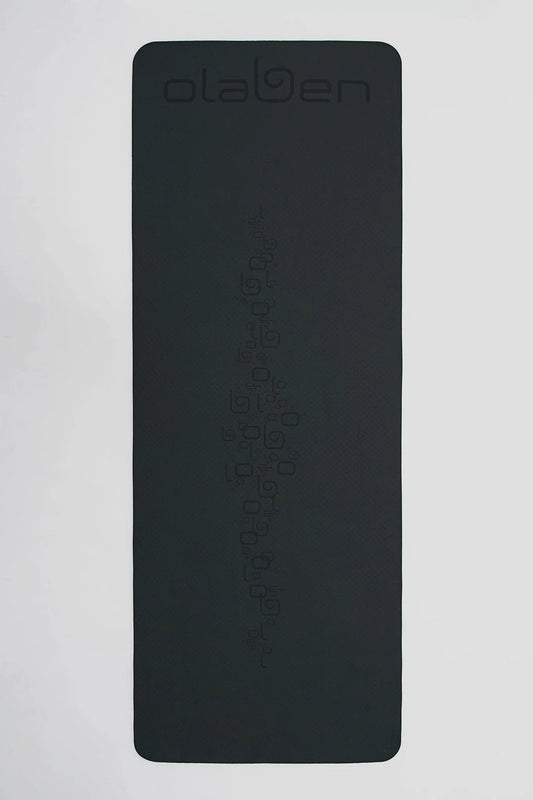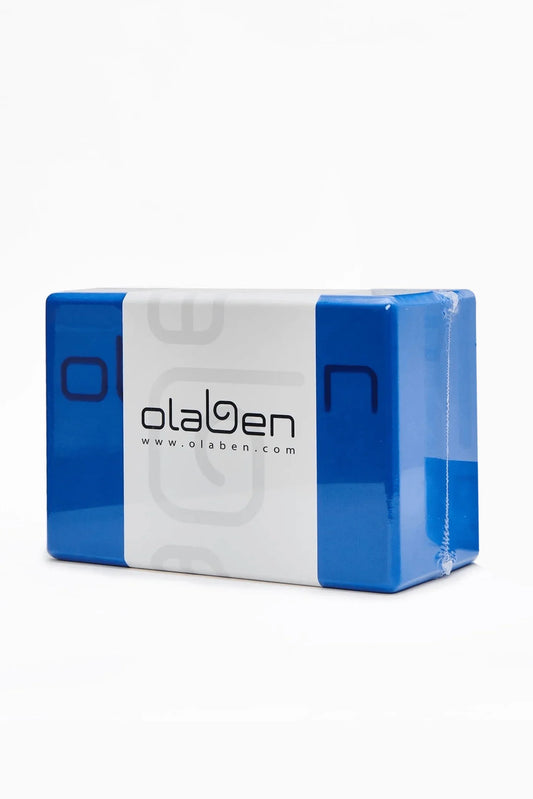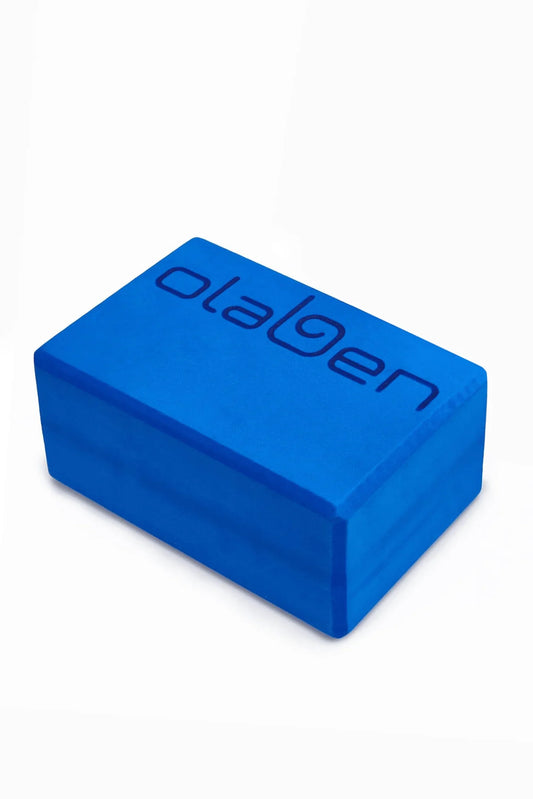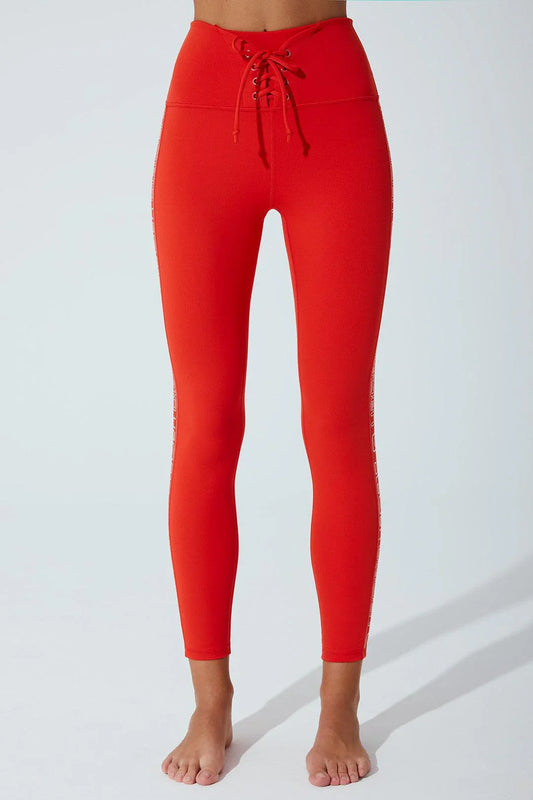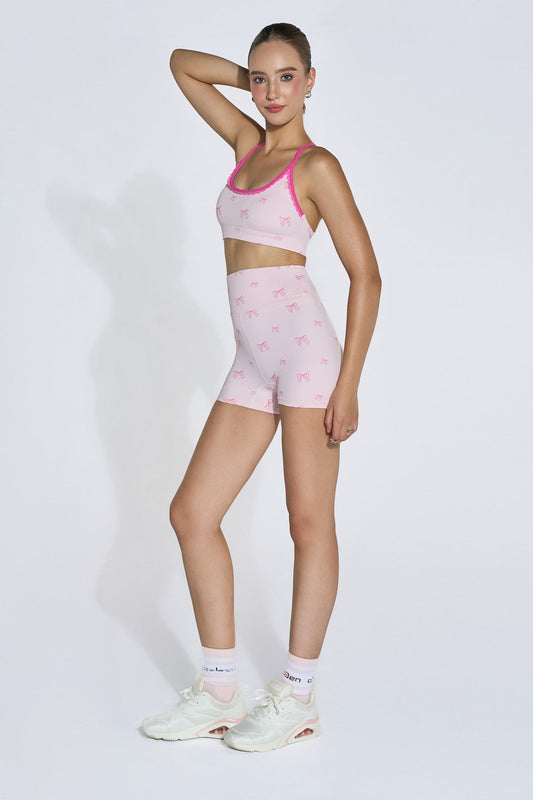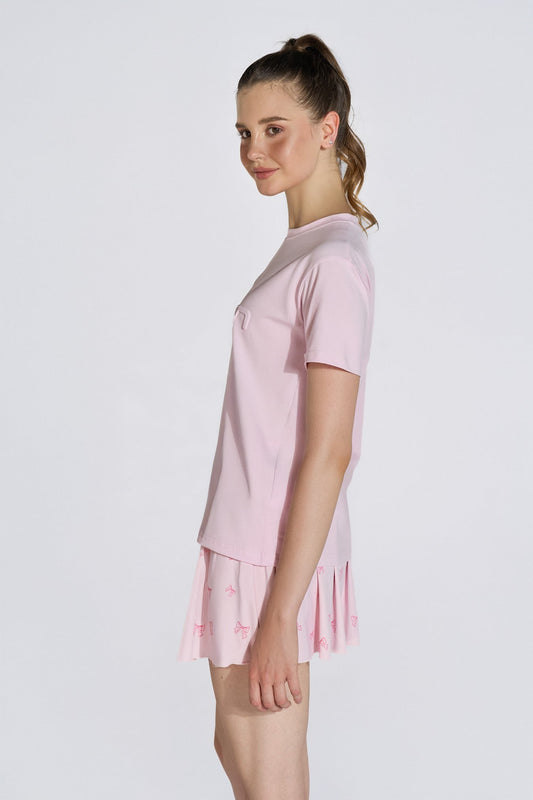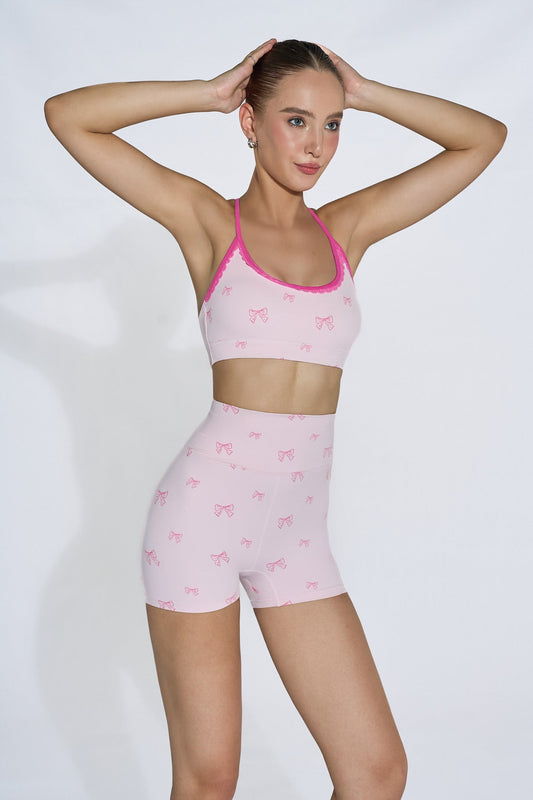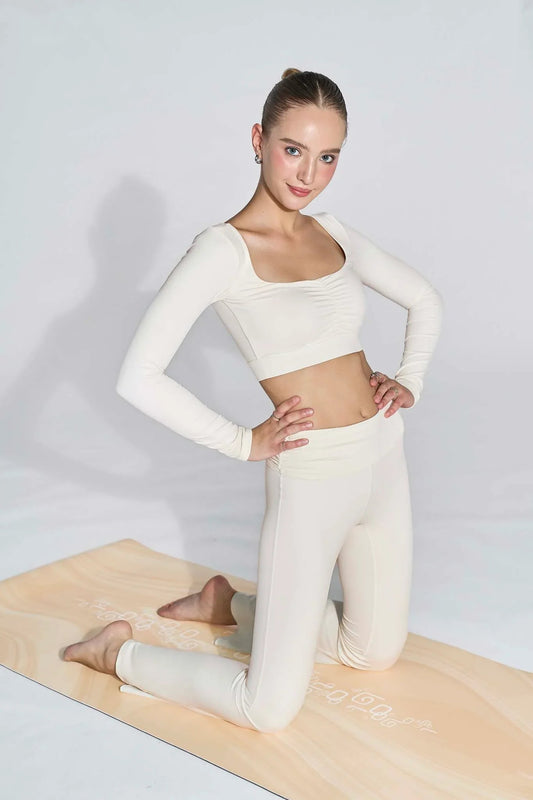Martial arts is a discipline that combines power, focus, and precision. But did you know that practicing yoga can take your martial arts skills to the next level? Yoga is more than just stretching — it strengthens your core, improves flexibility, sharpens your focus, and even helps prevent injuries. Whether you practice MMA, karate, or kung fu, adding yoga to your training routine can create a perfect balance of strength and mindfulness.
In this guide, Olaben’ll explore how yoga complements martial arts, the best yoga styles and poses for fighters, and why integrating the two practices can transform your training.
Why Yoga is the Ideal Complement to Martial Arts
Builds Mental Clarity and Focus
Yoga trains you to quiet your mind and connect with your breath. Every pose is synchronized with controlled breathing, teaching you to stay present even when under pressure. For martial artists, mental clarity can be the deciding factor in a fight — it allows you to remain calm, focused, and strategic in high-stress situations.
Improves Flexibility and Prevents Injury
Many martial artists worry that they “aren’t flexible enough” for yoga. In reality, yoga is exactly what helps you become more flexible over time. Greater range of motion means higher kicks, smoother transitions, and fewer muscle strains. As the saying goes: “I bend so I don’t break.”
Builds Functional Strength
Yoga isn’t just about flexibility — it also develops deep core strength and stabilizer muscles. Poses like Plank, Boat Pose, and One-Arm Reverse Tabletop challenge your core and upper body, which directly improves your striking power, takedown control, and grappling endurance.
Enhances Balance and Coordination
Balancing poses such as Tree Pose, Floating Revolved Half Moon, and Eagle Pose train you to stay centered. This skill carries over to martial arts, where maintaining balance while striking or defending can mean the difference between winning and losing.
Improves Breathing and Emotional Control
Yoga introduces breathwork techniques like Ujjayi Pranayama and Nadi Shodhana, which calm the nervous system and sharpen your focus. For martial artists, this means more controlled movements, sharper reflexes, and a cooler head during combat.

Best Yoga Styles for Martial Artists
- Power Vinyasa: Strong, heat-building, and fast-paced — perfect if you want a sweat-inducing session to improve strength and endurance.
- Vinyasa Flow: Connects breath to movement, helping you find rhythm and flow for better coordination.
- Yin Yoga: Slow, long-held stretches to release tension and improve joint mobility.
- Ashtanga Yoga: A structured and disciplined practice that mirrors the consistency and dedication martial arts requires.
- Hatha Yoga: Great for beginners, helping martial artists build a solid foundation for each pose.
9 Yoga Poses to Improve Your Martial Arts Practice
1. Downward Dog to Leg Kick Out
This dynamic variation of Downward Dog builds balance, stability, and core strength.
How to do it:
- Begin in Downward Facing Dog, pressing your hands and feet firmly into the mat.
- Lift your right arm off the mat while simultaneously kicking your left leg out to the right side, hovering it above the floor.
- Engage your core to keep your body stable, then bring your right elbow into your side.
- Return to Downward Dog and repeat on the opposite side.
Benefits for martial artists: This pose improves shoulder stability, teaches weight distribution, and strengthens the obliques — essential for powerful kicks and defensive transitions.

2. Shoulder Scorpion Stretch
This deep stretch targets shoulders, spine, and lower back — areas often tight after martial arts training.
How to do it:
- Lie face down with arms extended out to each side, palms facing the floor.
- Keep legs long and hip-width apart.
- Bend your left knee and roll gently onto your right side, stepping your left foot behind you toward your right hand.
- Breathe deeply, then return to center and repeat on the other side.
Benefits for martial artists: Opens the chest and shoulders, increases spinal mobility, and helps release tension from grappling or striking practice.

3. Prayer Twist (Parivrtta Anjaneyasana)
This pose strengthens the core, spine, and balance.
How to do it:
- Start in High Lunge with your right foot forward and left leg extended back.
- Bring palms together at your chest and twist to the right, hooking your left elbow on the outside of your right knee.
- Keep your spine long and gaze over your right shoulder.
- Hold for 3–5 breaths before switching sides.
Benefits for martial artists: Improves rotational power for punches and kicks, strengthens the core, and enhances spinal flexibility for quick directional changes.

4. Lunge Twist
This move combines a hip opener with a spinal twist for mobility and posture alignment.
How to do it:
- Begin in High Lunge, right foot forward, left leg back.
- Drop your back knee to the mat, then press your left toes into the ground to lift the knee again.
- Place your left hand on the mat and twist your torso to the right, extending your right arm toward the ceiling or overhead.
- Return to Downward Dog and repeat on the other side.
Benefits for martial artists: Loosens hip flexors for higher kicks, improves rotational mobility for grappling transitions, and helps counteract stiffness from strength training.

5. One-Arm Reverse Tabletop
This pose activates glutes, hamstrings, and side body muscles.
How to do it:
- Sit with your feet flat and knees bent, hands placed behind you with fingers pointing toward your body.
- Press into your heels and lift your hips to form a straight line from shoulders to knees.
- Lift your right arm up and over your head in a gentle arch.
- Lower hips back down and repeat with the other arm.
Benefits for martial artists: Strengthens posterior chain muscles, improving takedown defense, explosive power, and overall posture.

6. Boat Pose to 90/90 Stretch
This combo move improves hip mobility and core endurance.
How to do it:
- Sit in Boat Pose with knees bent or straight, balancing on your sit bones.
- Lower your legs and swing your left shin forward, right leg back into a 90/90 position.
- Lift your right knee off the floor briefly to engage hip rotators, then return to Boat Pose.
- Repeat on the other side.
Benefits for martial artists: Enhances hip rotation, crucial for guard passing, ground transitions, and generating torque during strikes.

7. Open-Hip Standing Split
This standing pose stretches hamstrings and outer hips.
How to do it:
- Fold forward, hands reaching toward the ground or blocks.
- Lift one leg behind you as high as possible, slightly opening the hip outward.
- Hold for several breaths, then switch legs.
Benefits for martial artists: Improves hamstring flexibility for higher kicks, better guard recovery, and smoother movement transitions.

8. Floating Revolved Half Moon
A challenging pose that builds balance, core strength, and spinal rotation.
How to do it:
- Stand tall, lift your left knee toward your chest, and slightly bend your right leg.
- Tilt forward and send your left leg back until it’s parallel to the floor.
- Place your left hand lightly on the mat (or a block), twist your chest open to the right, and extend your right arm upward.
- Hold, then return to standing and switch sides.
Benefits for martial artists: Improves dynamic balance during footwork, strengthens stabilizers, and develops rotational strength for strikes.

9. Frog Pose Lifts
This deep hip opener focuses on internal hip rotation and mobility.
How to do it:
- Start on hands and knees, then widen your knees as far as comfortable, with heels in line with knees.
- Place elbows on the mat for support.
- Lift your right foot off the ground, then lower it. Repeat with the left, then try lifting both feet simultaneously.
Benefits for martial artists: Builds hip mobility and stability, making guard passing, sprawls, and submissions more effective.

Final Thoughts
Yoga and martial arts might seem like very different practices, but they share the same goal: mastery of the body and mind. By adding yoga to your training, you’ll not only increase flexibility and strength but also gain sharper focus and better control over your breath and emotions.
Ready to level up your training? Explore Olaben’s yoga apparel and take your martial arts practice to new heights — one mindful breath at a time.


